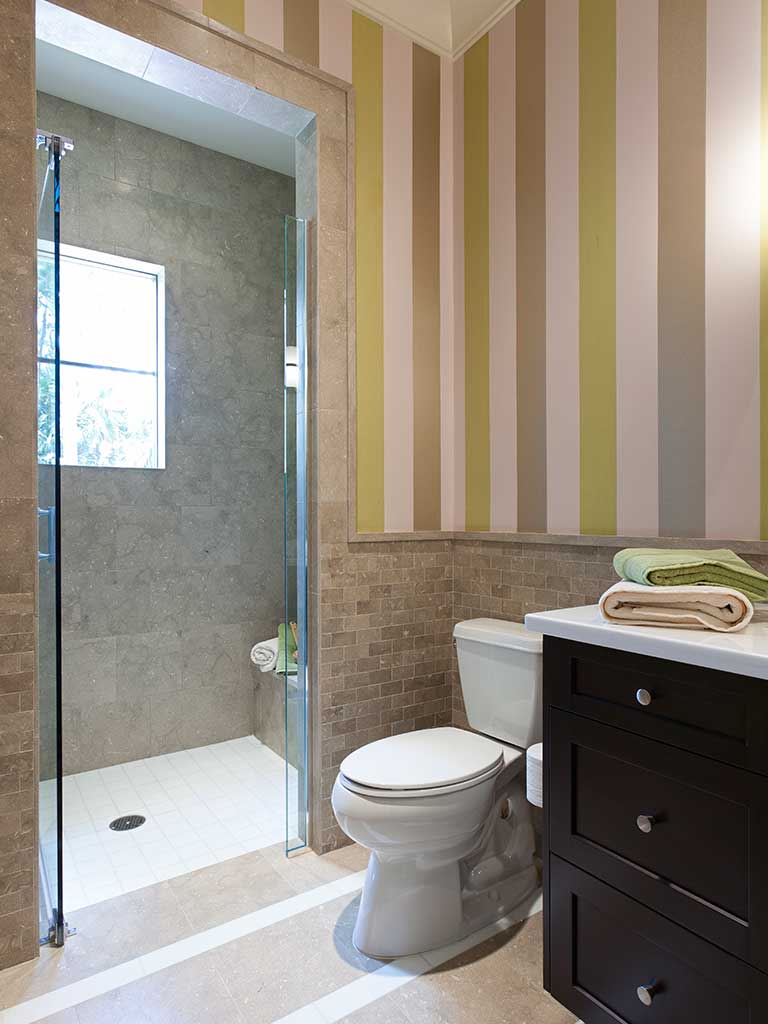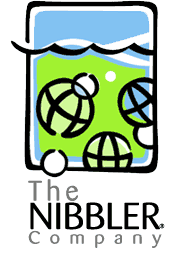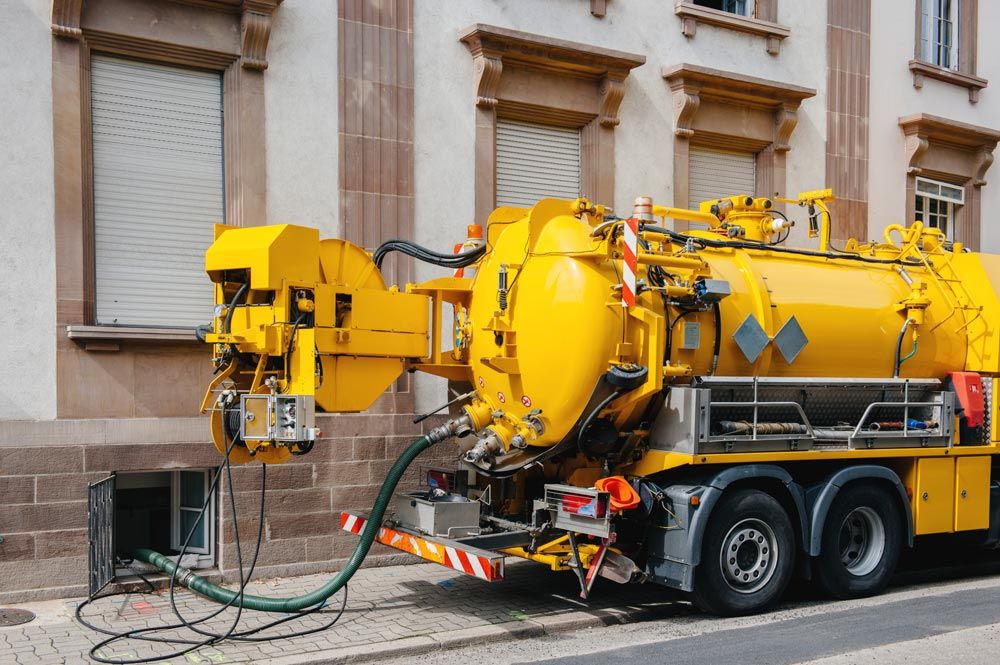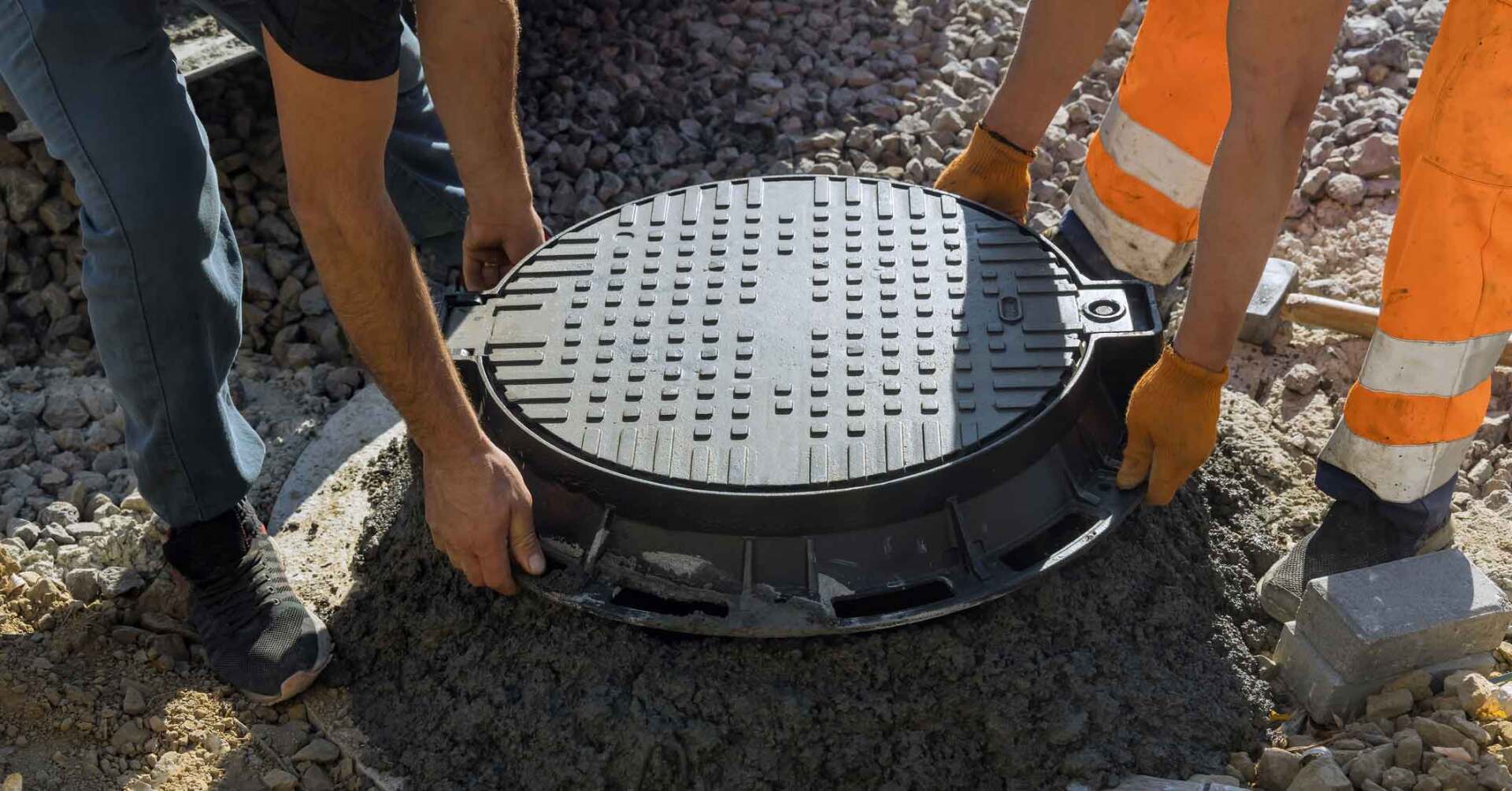Don’t Flush Things Just Because You Can
- By Admin
- •
- 01 Jul, 2017
- •

How to Know What You Can Flush Down the Toilet
Over the years, there's been a campaign to get people to stop flushing certain items down the toilet. Unfortunately, the advice hasn't reached everyone, and there are still people who do not realize that certain items can't go down the toilet even if they physically can go down with the water during the initial flush.
In a way, this behavior isn't surprising; some items that are not flushable are marketed as flushable, and others simply look flushable. However, most items shouldn’t go down the toilet, and it's vital that you understand why you can't flush these things, especially if you have a septic system.
In a way, this behavior isn't surprising; some items that are not flushable are marketed as flushable, and others simply look flushable. However, most items shouldn’t go down the toilet, and it's vital that you understand why you can't flush these things, especially if you have a septic system.
What Makes Something Flushable
Items that are truly flushable dissolve quickly in the water, preventing solid matter from building up and clogging part of the line. These are items that do not negatively interact with any of the biologic functions inside the septic tank.
What's kind of tricky is that some categories of materials are flushable for toilets on city sewer systems but not for toilets on septic systems. Be careful before flushing anything if you have a septic system. You even have to check wrappers on toilet paper for an indication that the paper is safe for septic systems.
What's kind of tricky is that some categories of materials are flushable for toilets on city sewer systems but not for toilets on septic systems. Be careful before flushing anything if you have a septic system. You even have to check wrappers on toilet paper for an indication that the paper is safe for septic systems.
What Makes Something Not Flushable
If the item will not dissolve, or it will not dissolve quickly enough or completely, then it isn't flushable. Here's where the confusion begins. Many items appear to be of materials that would dissolve, including paper from certain toilet paper brands as well as paper towels and supposedly flushable wipes.
But if the material doesn't dissolve well, all it will do is form a lump. That lump will grow as it accumulates more matter, and pretty soon you'll have a clog in your septic line or tank. At that point, one flush is all you need to bring a whole bunch of sewage water back up into your home because it can't get to the tank.
But if the material doesn't dissolve well, all it will do is form a lump. That lump will grow as it accumulates more matter, and pretty soon you'll have a clog in your septic line or tank. At that point, one flush is all you need to bring a whole bunch of sewage water back up into your home because it can't get to the tank.
Another reason something might not be flushable is that it can ruin the machinery in the sewer and septic tank. Dental floss is an example. As it flushes down, it becomes a tangled ball, catching on everything, trapping items and creating clogs. Even worse, if you have machinery in your septic system, the floss can get tangled in that and cause it to malfunction.
What to Flush or Not Flush
So dental floss isn't flushable, and neither are paper towels and toilet paper that isn’t septic-safe. Flushable wipes are not flushable — they just don't dissolve — and kitty litter, waste from the litter box and other granular items are not flushable either because they can still form very dry lumps that later become clogs.
What to Do if You've Flushed These Things
If you've been flushing these things, stop, of course. If you're on a city sewer system, contact a plumber to have them clear your drains. If you're on a septic system, call a septic specialist and have the lines and tank emptied and then inspected. If you've flushed floss, have the specialist look at all of the components to ensure the floss hasn't entangled any parts.
If you have to, place a list by each toilet letting people know what can't go down the toilet. You may want to have the septic people or plumbers come back a few months later to inspect again and tell you whether the rest of your household has listened to you.
Contact The Nibbler Company for help improving your septic system. The better your septic system and tank function, the easier it will be for you to go from day to day without a septic problem or breakdown.
If you have to, place a list by each toilet letting people know what can't go down the toilet. You may want to have the septic people or plumbers come back a few months later to inspect again and tell you whether the rest of your household has listened to you.
Contact The Nibbler Company for help improving your septic system. The better your septic system and tank function, the easier it will be for you to go from day to day without a septic problem or breakdown.
It is crucial to understand the impact that untreated wastewater can have on our environment and health. Learn more by reading this blog.
For homeowners who rely on well water, ensuring its purity is paramount. Read on to learn what factors contribute to your well water quality.
When a drain field becomes clogged, it causes a cascade of problems. Discover how a clogged drain field can affect the septic tank in our blog.
Septic tank maintenance is crucial to longevity. Discover how excess water can compromise your septic tank's functionality and what to do in this blog.
Some properties in rural communities typically have a septic tank. Discover septic tank specifications to consider when buying a home.
A backup in your septic system could spell serious trouble. Read this blog to learn the signs and causes of septic system backups.
Whether you want to install a new septic tank or need professional septic services, check out some factors to consider when picking a septic tank company.




